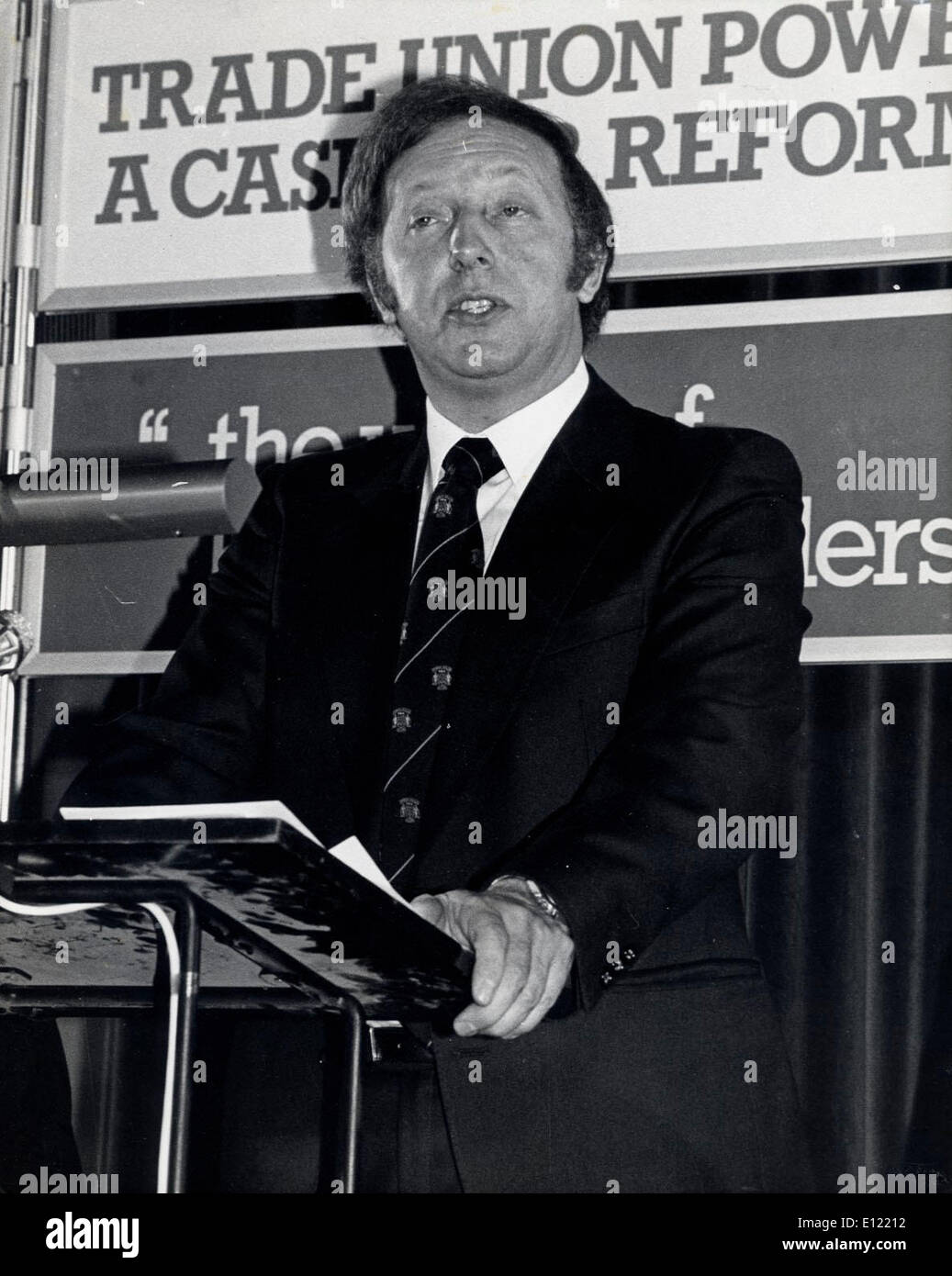Is Rachel Reeves Following In Arthur Scargill's Footsteps?

Table of Contents
Similarities in Economic Ideology
Socialist Roots
Both Rachel Reeves and Arthur Scargill draw from a socialist tradition that emphasizes social justice and economic equality. This shared ideological foundation informs their respective approaches to economic policy, albeit with significant nuances.
- Reeves: Reeves' policy proposals, such as increased public investment in infrastructure and a focus on strengthening workers' rights, reflect a commitment to redistribution of wealth and state intervention in the economy, core tenets of socialist thought. Her emphasis on "fairness" resonates with the socialist goal of a more equitable society.
- Scargill: Scargill's unwavering commitment to the interests of mineworkers and his staunch opposition to Thatcherite economic policies stemmed directly from his deeply held socialist beliefs. He championed workers' control and advocated for a more equitable distribution of wealth, believing in the power of collective action to achieve this.
- Comparison: Both individuals believe in a stronger role for the state in regulating the economy and protecting workers, although the means and contexts of their actions differ significantly. Their shared belief in a more equitable distribution of wealth is a key similarity.
Emphasis on Workers' Rights
A central element uniting Reeves and Scargill is their strong emphasis on protecting and enhancing workers' rights.
- Reeves: Reeves champions the role of trade unions and advocates for stronger worker protections, including improved pay and conditions. She has consistently highlighted the importance of fair wages and a strong social safety net.
- Scargill: Scargill's legacy is inextricably linked to his fierce advocacy for miners' rights and his leading role in major strikes against the Conservative government. His actions exemplified a willingness to engage in direct confrontation to defend workers' interests.
- Comparison: Although their methods diverge sharply, both figures prioritize workers' rights and believe in the crucial role of collective action, be it through political negotiation or industrial action, to achieve improved working conditions and fair treatment.
Differences in Approach and Context
Modern vs. Industrial Era
Despite their shared socialist roots, the contrasting contexts in which Reeves and Scargill operated significantly shaped their approaches.
- Reeves: Reeves navigates the complexities of a modern, globalized economy characterized by technological advancements and evolving employment landscapes. Her focus is on addressing contemporary challenges such as automation, climate change, and income inequality through policy changes and political negotiation.
- Scargill: Scargill's actions took place during the decline of the British coal industry, a period marked by significant industrial unrest and confrontation between trade unions and the government. His strategies were largely dictated by the specific challenges faced by the mining communities and the context of a rapidly changing industrial landscape.
- Comparison: The tools and strategies available to Reeves are fundamentally different from those available to Scargill. Reeves operates within a parliamentary system, relying on political persuasion and legislative action, whereas Scargill's methods involved direct industrial action and trade union mobilization.
Political Strategies and Tactics
Reeves and Scargill employed vastly different political strategies and tactics.
- Reeves: Reeves adopts a pragmatic approach, working within the existing political system to achieve her goals. She navigates the complexities of party politics and strives for consensus-building to implement her economic policies.
- Scargill: Scargill’s approach was significantly more confrontational and militant. He utilized large-scale industrial action, including prolonged strikes, as a primary tool to exert pressure on the government and achieve his objectives.
- Comparison: The stark contrast in their approaches reflects differing assessments of the effectiveness of various political strategies. Reeves' focus on collaboration contrasts with Scargill's emphasis on direct confrontation. The effectiveness of each approach remains a subject of ongoing debate.
The Public Perception and Media Portrayal
Public Opinion and Media Framing
The public perception and media portrayal of both Reeves and Scargill have been shaped by their distinct actions and the prevailing political climate.
- Reeves: Public opinion on Reeves and her economic policies is currently evolving. Her proposals are subject to scrutiny and debate, with differing perspectives depending on political affiliation and economic views.
- Scargill: Scargill’s image remains strongly associated with the miners' strikes, sparking diverse and often polarized responses. Historical media coverage often framed him either as a heroic defender of working-class interests or as a disruptive and militant figure.
- Comparison: The media narratives surrounding both figures highlight the lasting impact of their actions and the diverse interpretations of their roles in shaping economic and political discourse.
Impact on Public Discourse
Both Reeves and Scargill have significantly shaped public discourse on economic issues.
- Reeves: Reeves' contributions to the current debate about economic inequality and social justice are significant, influencing the national conversation around fair wages, workers' rights, and public investment.
- Scargill: Scargill's legacy continues to impact discussions about trade union power, industrial relations, and the role of collective action in challenging governmental policies. His actions remain relevant to debates about workers' rights and the balance of power between labor and capital.
- Comparison: Their legacies continue to shape public discourse, influencing how we view economic policy, workers' rights, and the role of trade unions within a democratic society.
Conclusion
While both Rachel Reeves and Arthur Scargill share socialist roots and a commitment to workers' rights, their approaches to economic policy and political action differ significantly due to their distinct contexts and political strategies. Reeves operates within a modern, globalized economy, employing a pragmatic, politically focused strategy, while Scargill’s legacy is linked to the industrial conflicts of a bygone era characterized by large-scale industrial action. Direct comparisons, therefore, are limited by the vastly different circumstances in which they operated.
Consider the legacy of Arthur Scargill while assessing Rachel Reeves' economic policies. Does Rachel Reeves' approach represent a modern iteration of Arthur Scargill's socialist vision? Let us know your thoughts in the comments below. For further research, explore the extensive work on [link to Rachel Reeves' work/speeches] and [link to resources on Arthur Scargill].

Featured Posts
-
 Saint Die Des Vosges Participez Au Game De Dahu 1
May 31, 2025
Saint Die Des Vosges Participez Au Game De Dahu 1
May 31, 2025 -
 Banksys Broken Heart Wall Up For Auction
May 31, 2025
Banksys Broken Heart Wall Up For Auction
May 31, 2025 -
 Trumps Unexpected Turn On Musk Insights From Cnn Data Chief
May 31, 2025
Trumps Unexpected Turn On Musk Insights From Cnn Data Chief
May 31, 2025 -
 Indian Wells Surprise Griekspoor Upsets Zverev
May 31, 2025
Indian Wells Surprise Griekspoor Upsets Zverev
May 31, 2025 -
 Zverev Battles Past Shelton And Cerundolo In Munich
May 31, 2025
Zverev Battles Past Shelton And Cerundolo In Munich
May 31, 2025
